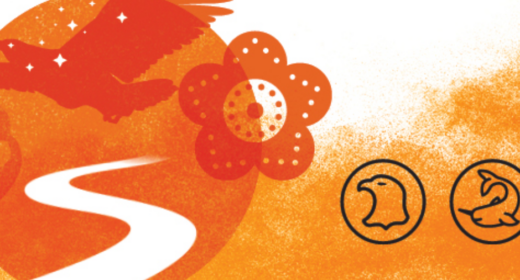This is the first in a series of posts about recent changes to Canadian environmental legislation, and what they mean for Aboriginal and Indigenous peoples. Check back here in coming weeks for more on this topic.
Canada’s environmental policy choices can have profound impacts on Aboriginal and Indigenous peoples – on traditional territories, harvesting practices, and the species of plants and animals that have material, cultural and spiritual significance for Canada’s first peoples.
The past two years have seen major changes to environmental law in this country. The two federal omnibus bills in 2012 introduced changes which significantly alter the scope and substance of key environmental legislation like the Fisheries Act and the Navigable Waters Protection Act and introduced the brand-new Canadian Environmental Assessment Act 2012 (CEAA 2012), which was a major departure from previous environmental assessment legislation.
Together, the changes dramatically alter the way in which potential development is assessed in Canada, and are likely to have significant impacts on Aboriginal and treaty rights. For example, they will bring about important changes to Aboriginal consultation and accommodation.
There is a long line of Supreme Court of Canada decisions describing government’s duty to consult with Aboriginal peoples whenever it contemplates conduct that might affect Constitutionally-protected Aboriginal or treaty rights or Aboriginal title, and to provide appropriate accommodation.
In practice, when a governmental body is asked to grant a permit for a development project that could affect the environment, an environmental assessment can serve as a vehicle for consultation, or at least as a starting point if more in-depth consultation is needed. Participation in such assessments has been an important tool in the arsenal of First Nations facing proposed development in their traditional territories.
The legislative changes reduce the number of projects that will be subject to environmental assessment. For example, whereas previously any work requiring certain federal permits could be subject to an environmental assessment, under the CEAA 2012 only certain types of listed projects will be subject to an assessment. So, the conventional methods of ensuring adequate consultation with Aboriginal communities will no doubt be challenged.
These changes will force First Nations to re-think their approach to consultation and to come up with new strategies for safeguarding their rights. However, some groups have opted to face the changes head-on.
The Mikisew Cree First Nation and Frog Lake First Nation have challenged the legislation itself, claiming that the duty to consult extends beyond individual development projects and requires the government to consult with Aboriginal peoples before making legislative changes that will have such sweeping effects on their rights. Their applications are ongoing in the Federal Court and we will be watching with interest as they unfold.


